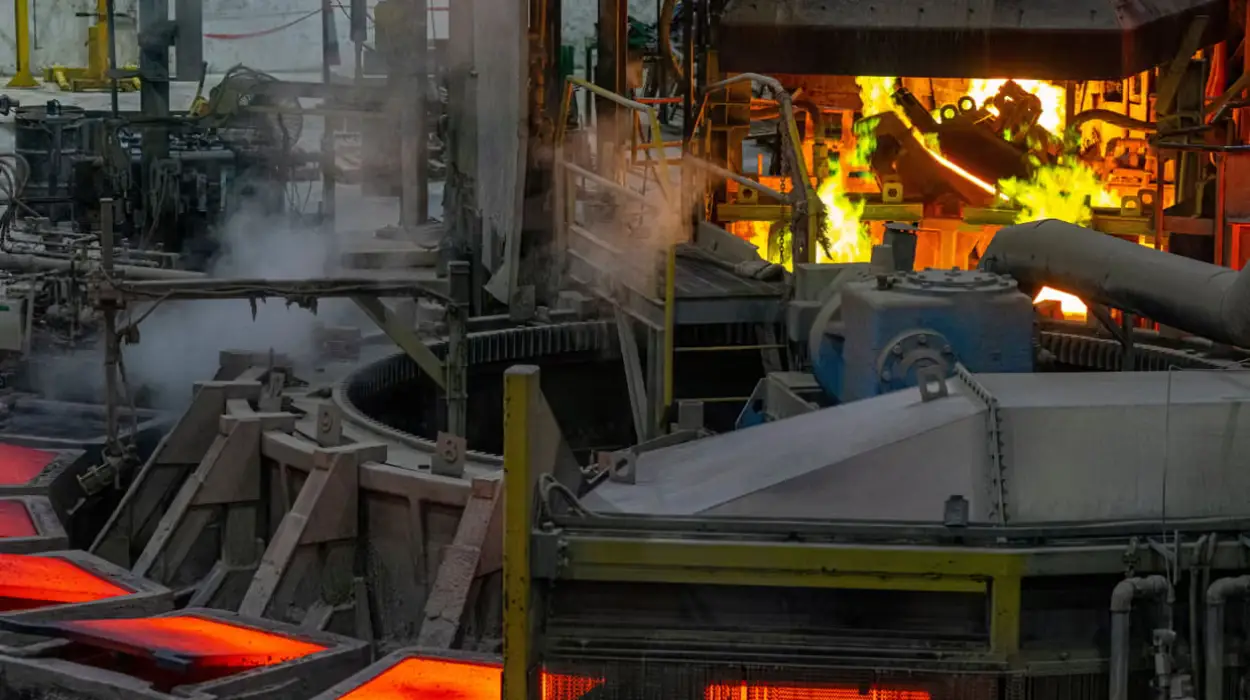London (Parliament Politics Magazine) – Glencore gives FTSE a major boost as it abandons plans to shift its stock market listing to the US, reaffirming its commitment to remain in London.
As reported by The Telegraph, Glencore has abandoned plans to leave the London Stock Exchange for a US listing, offering a rare boost for the City.
What did Glencore say about the US capital markets?
Glencore, the FTSE 100 mining firm valued at over £35bn, told investors on Wednesday it sees no benefit in shifting its listing to New York “at this point in time”.
It praised the scale and depth of US capital markets but argued that a New York listing would not benefit its shareholders.
Glencore stated,
“Of the major global equity exchanges, the scale and depth of US capital markets is unrivalled, but having considered the costs and benefits … we do not believe that becoming a US domestic issuer or having a sponsored ADR programme would be value-accretive for shareholders at this point in time.”
The company CEO, Gary Nagle, said Wednesday the firm remains “happy” with its London listing.
He remained confident in Glencore’s performance, despite criticising the White House’s handling of the tariffs.
Mr Nagle added,
“These are not structural arbitrage opportunities, where tariffs are being announced on Monday, changed on Tuesday and scrapped on Wednesday.”
The firm said its current stance could shift, adding it will “continue to monitor market developments and keep this topic under review.”
Glencore called its first-half performance strong, achieved amid global uncertainty caused by US trade policies and Middle East tensions.
How did Glencore’s earnings drop impact its share price?
Glencore shares dipped by up to 4pc to 289p after the company reported lower earnings and a $900m writedown on its Colombian coal mine.
Since February, the company has been reviewing its listing plans amid a wave of blue-chip departures from the London market.
Glencore’s decision to remain in London marks a major win for the UK market, easing concerns that giants like Rio Tinto, BP, and Shell might follow others in listing elsewhere.
Experts have long predicted a possible merger between Glencore and a rival. The companies explored a deal last year, but talks were later dropped.
The firm is valued at £35.9bn, placing it 21st among FTSE 100 companies. Its exit would have marked a major setback for the London Stock Exchange.
By staying in London, Glencore secures its spot in the FTSE 100, a position that might have been uncertain in the S&P 500 without a change in domicile.
A change in its headquarters could have triggered significant tax implications and forced major funds to divest due to restrictions on investment locations.
What role did global tensions play in Glencore’s profit dip?
Glencore, a global mining and trading giant, has been seen as a City of London success since its debut over a decade ago. But its share price has dropped 23pc in the past year, hit by weaker coal prices and US tariff pressures.
In the first half of the year, the company’s adjusted profit fell 14% to $5.4bn, missing analyst expectations. Glencore said the decline was due to US trade policy uncertainty and the Middle East tensions.
What did Ashtead’s move say about confidence in the LSE?
Ashtead Group, a UK firm valued at £21bn in industrial equipment rental, revealed in December that it would relocate its main listing to New York.
The decision mirrors similar moves by Flutter, Tui, and Just Eat Takeaway, all of which have left London for other markets.
Key facts about FTSE 100
- Started on 3 January 1984 with 1,000 points. Replaced the FT 30 Index. Created by the Financial Times and the London Stock Exchange.
- Tracks the 100 biggest UK-listed firms like AstraZeneca, Shell, and HSBC. Only 28 of the original companies are still in it (as of 2023).
- Over 80% of the money comes from outside the UK, so it doesn’t reflect the UK economy well. Big sectors include banks, energy, and healthcare.
- Bigger companies have more impact on the index. It’s updated every three months to stay current.
- As of August 2025, it trades near 9,160 points. It’s grown 614% since 1984 (not counting dividends).


